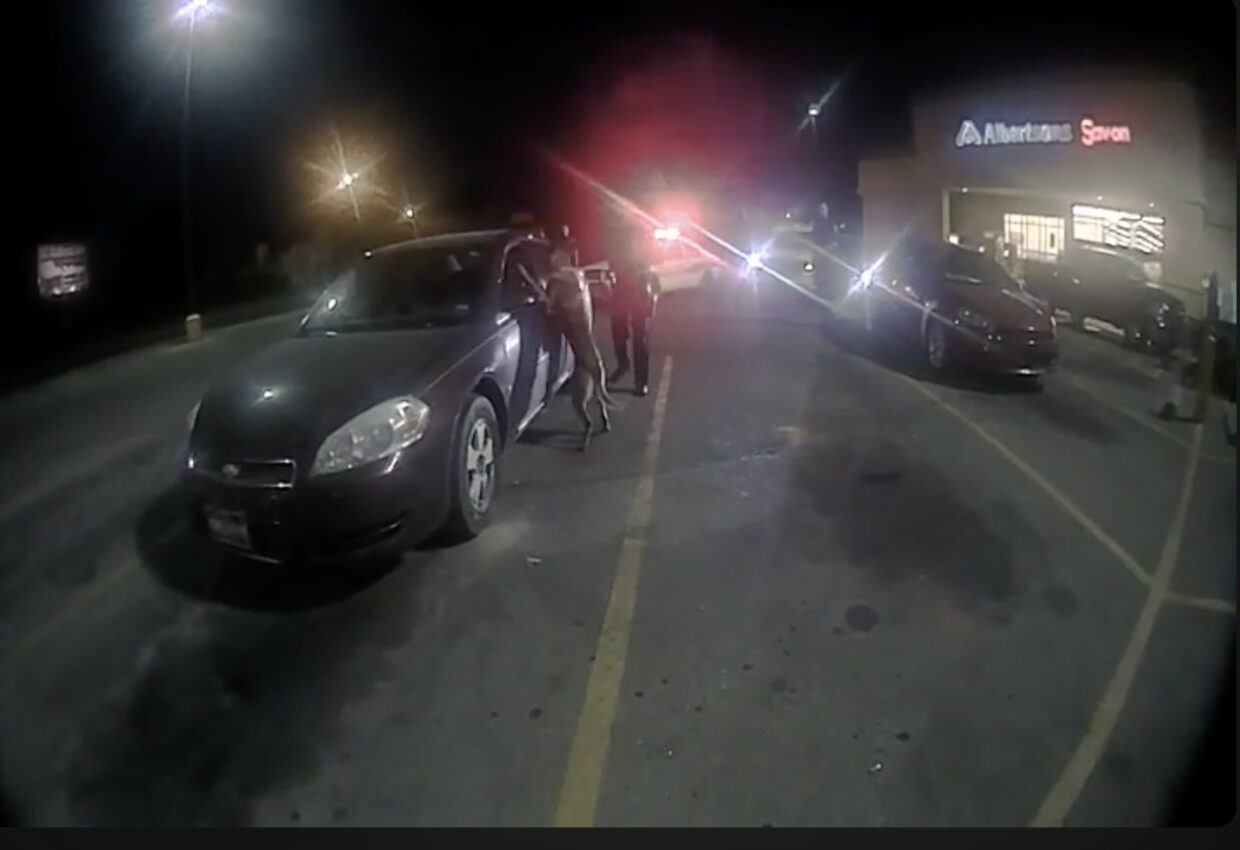There is a time for everything,
and a season for every activity under the heavens:2 a time to be born and a time to die,
Ecclestiastes 3:1-8
a time to plant and a time to uproot,
3 a time to kill and a time to heal,
a time to tear down and a time to build,
4 a time to weep and a time to laugh,
a time to mourn and a time to dance,
5 a time to scatter stones and a time to gather them,
a time to embrace and a time to refrain from embracing,
6 a time to search and a time to give up,
a time to keep and a time to throw away,
7 a time to tear and a time to mend,
a time to be silent and a time to speak,
8 a time to love and a time to hate,
a time for war and a time for peace.
For many of us, this is an ordinary Friday; not so for the small subset of people interested in marathon swimming. Today, my friend Avishag Kofman-Turek, whom I met through our mutual interest in swimming the Sea of Galilee, completed an amazing athletic feat: swimming the North Channel from Ireland to Scotland.
Throughout the day, since the wee hours of the morning, I followed the GPS feed and rooted for Avishag’s safe and successful crossing. It is a huge endeavor. The water is frigid and required many months of difficult acclimation, not to mention a considerable increase in practice yardage (I should say, mileage.)
While witnessing this accomplishment, I was busy reading and completing assignments for four courses: Modern Jewish Thought, Intro to Buddhism and Buddhist Studies, How to Read the Book of Job, and Buddhism in the West. Recently, I’ve embarked on my own marathon swim, an intellectual one; I’m pursuing rabbinical ordination at the International Institute for Secular Humanistic Judaism and a masters degree at the Graduate Theological Union’s Center for Jewish Studies. I’ve been keeping this on the down-low during the application process, but if you peek here you’ll see a familiar face. It’s a feat no less solitary than marathon swimming, nor is it going to be easy (I continue to work full time as a law professor and be a full-time devoted mom to my son – I just sleep a lot less and have eliminated idle Internet time from my schedule) but it looks a lot less heroic, as it entails nothing photogenic: just sitting in front of my laptop, reading and writing.
It’s been ages since I trained for, and participated in, a real marathon swim. I know exactly when the last time was: the Thames Marathon in 2016. It was beautiful and serene and a good way to go about semi-retirement from marathon swimming. I still swim in the bay once in a while, and I did crank out a 5k without much effort in Kona last year, but nothing like the distances I used to put in week after week when I was training for big things like the Sea of Galilee or the Tampa Bay Marathon. In the last year, I shifted my efforts into multisport and lifting, partly to combat perimenopause and its discontents, but in the four months since my dad’s illness everything came to a grinding halt and the grief has made it very hard to work out at all, let alone swim a meaningful distance. I’m experiencing a really rough somatic reaction to breathing while swimming, perhaps because dad died of a rare lung disease and struggled to breathe before he was intubated. The lack of exercise and some emotional eating resulted in putting on some weight, and while a couple of months of careful whole food/veg juice diet and vigorous exercise will do the trick, I’m just not feeling it as a pressing priority. I am making an effort to eat healthy things, take good supplements, and move every day (I commute by bicycle, lift in my garage, and take walks in the neighborhood). But it really is an effort.
I did feel a little melancholy today reflecting on Avishag’s amazing swim. Not a sense of envy at her success, but rather a bit of wistfulness about how I don’t seem to be able to muster the kind of gumption and perseverance I used to have about dramatic athletic feats. I take some comfort in the wisdom of Ecclesiastes, echoed in this awesome Rich Roll podcast about periodizing one’s life. Now’s the time to take good care of myself without embarking on big health-and-fitness goals, make sure I’m well nourished when I go to teach and study, and invest in my new academic pursuits. Thing is, I’m not getting any younger, and while swimming is something you can continue to do and improve in throughout your life, I doubt I’ll be able to pull off big marathon swims out of the blue when I’m in my 60s and 70s without putting the requisite time now. But none of this matters if I just don’t have it in me at the moment.
The dream is over,
What can I say?
The dream is over
Yesterday
I was the dream weaver, but now I’m reborn
I was the walrus, but now I’m John
And so, Dear Friends, we’ll just have to carry on;
The dream is over.
John Lennon, “God”


